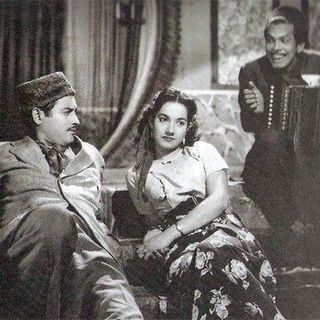Indian cinema is slowly leaving a set of gender and social biases behind, but continues to be fixated upon the idea of ‘fair skin’ as the foremost definition of beauty, a large-scale study of 700 Bollywood movies spanning the last 70 years, has found.
Conducted by researchers from the Carnegie Mellon University in the U.S., the study notes that “popular movie content reflects social norms and beliefs in some form or shape,” and so, the researchers wanted to investigate changes in cultural norms through the lens of movies that audiences have been consuming over the last seven decades.
“[The study] gives us a finer probe for understanding the cultural themes implicit in these films,” Tom Mitchell, a computer scientist, and professor at the CMU, who co-authored the study, said in a statement.
Bollywood’s obsession with fair skin is reflective of the colorism prevalent in the country, leading people to face discrimination in schools, at workplaces, and in India’s ‘arranged marriage market’ because of their skin color.
Dominated by fair-skinned actors, and still indulging in practices like ‘brownface’, Bollywood has mirrored societal biases for years, and “now we have numbers to quantify them. And we can also see the progress over the last 70 years as these biases have been reduced,” Ashique KhudaBukhsh, a project scientist at the School of Computer Science in CMU, who co-authored the study, said.
Related on The Swaddle:
Beauty Norm Rebellions in 2020 Redefined Beauty — But Didn’t Eliminate It
As KhudaBaksh noted, the study did observe a number of positive trends as well. Dowry, reported to be behind deaths of 21 women every day, was found to be more socially acceptable in the 50s and 60s, compared to the present.
In addition, the birth of a child, described by the study as “a popular Bollywood plot point,” was found to be more sex-balanced now: in the past, newborns were often male; now they’re more evenly split between male and female, the study found.
The study also found that religious distribution in movies, at present, matches the real-life religious distribution among the Indian population, with the representation of non-Hindu religions having increased gradually over the years. At the same time, “the representation of Muslims is slightly less than the community’s population share,” the study notes.
In terms of areas represented by India’s mainstream movie industry, the study found the recent content is geographically more inclusive, and not as concentrated in cities like Mumbai and Delhi — but regions like the northeast still remain severely underrepresented.
The AI analysis, which is publicly available in pre-print, also analyzed Hollywood movies for social biases, using statistical language models to analyze subtitles. The findings of the study were presented before the Association for the Advancement of Artificial Intelligence last month.




